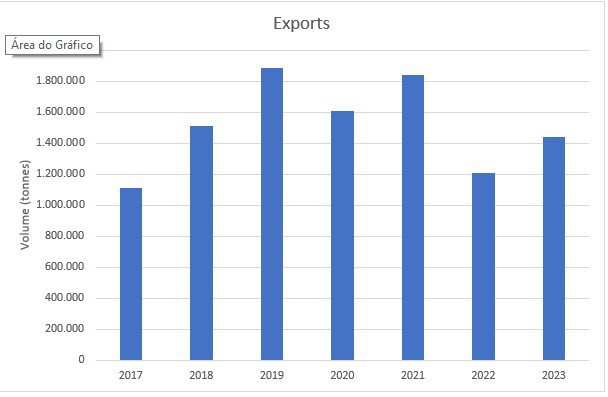Mexican import restrictions
Mexican import restrictions – Mexico’s new base oil import restrictions may have long-term implications, but in the immediate term it will mean the US will have length on light grades such as 60N, 70N and 100N.
The goal of Mexico’s new law is to stop fuel theft and adulteration. The import restrictions were applied to multiple refined petroleum and petrochemical products, including base oil, and began on 23 October.
“The Federal government carried out extraordinary reviews in some points of importation into the country, which showed that only 25% of the merchandise analyzed corresponded to gasoline and diesel that complied with current regulations,” President Andres Manuel Lopez Obrador’s decree said.
“While 75% were other goods whose registered import volume does not have justification, since it exceeds approximately 40 times the volume that the national industry uses as raw material.
“It was detected that the illegal fuel market during 2021 amounted to 47m bbl, and the loss for the Federal Treasury due to the illegal fuel market was Mexican pesos (Ps) 64bn [$3.5bn] derived from the imported product that is entered into the country as contraband, without paying the corresponding taxes.”
US light grade (100N and lighter) base oil is commonly imported into Mexico for fuel-extending purposes.
Initially, after the decree was signed, all goods were turned away at the border until temporary 60-day permits were obtained. Some importers were able to secure permits quickly, while others took more time.
Currently, lubricant companies that import into Mexico are filing the necessary paperwork to acquire up to five-year permits to be able to continue importing base oil.
The importers must:
- provide volume, tariff code, destination, and description of goods
- state that the goods are necessary for production processes
- state that the import is for lawful activity
- describe the commercial activity to be carried out
The outcome is still unknown, and importers are still gathering paperwork for permits.
ICIS anticipates a result will be fewer base oil volumes exported to Mexico in 2024.
The US is a net exporter, and Mexico is the US’ top export destination.
Trade data do not indicate the grade of base oil, so it is impossible to determine how much of the oil that enters Mexico is used in the practice of fuel blending.
As the graph below shows, annual exports to Mexico have increased since 2017, not due to stronger demand for lubricants.
The decline in 2022 is attributed to the high price of US base oil, and 2023 exports are already 36% higher than in 2022 despite only having eight months of data.
























